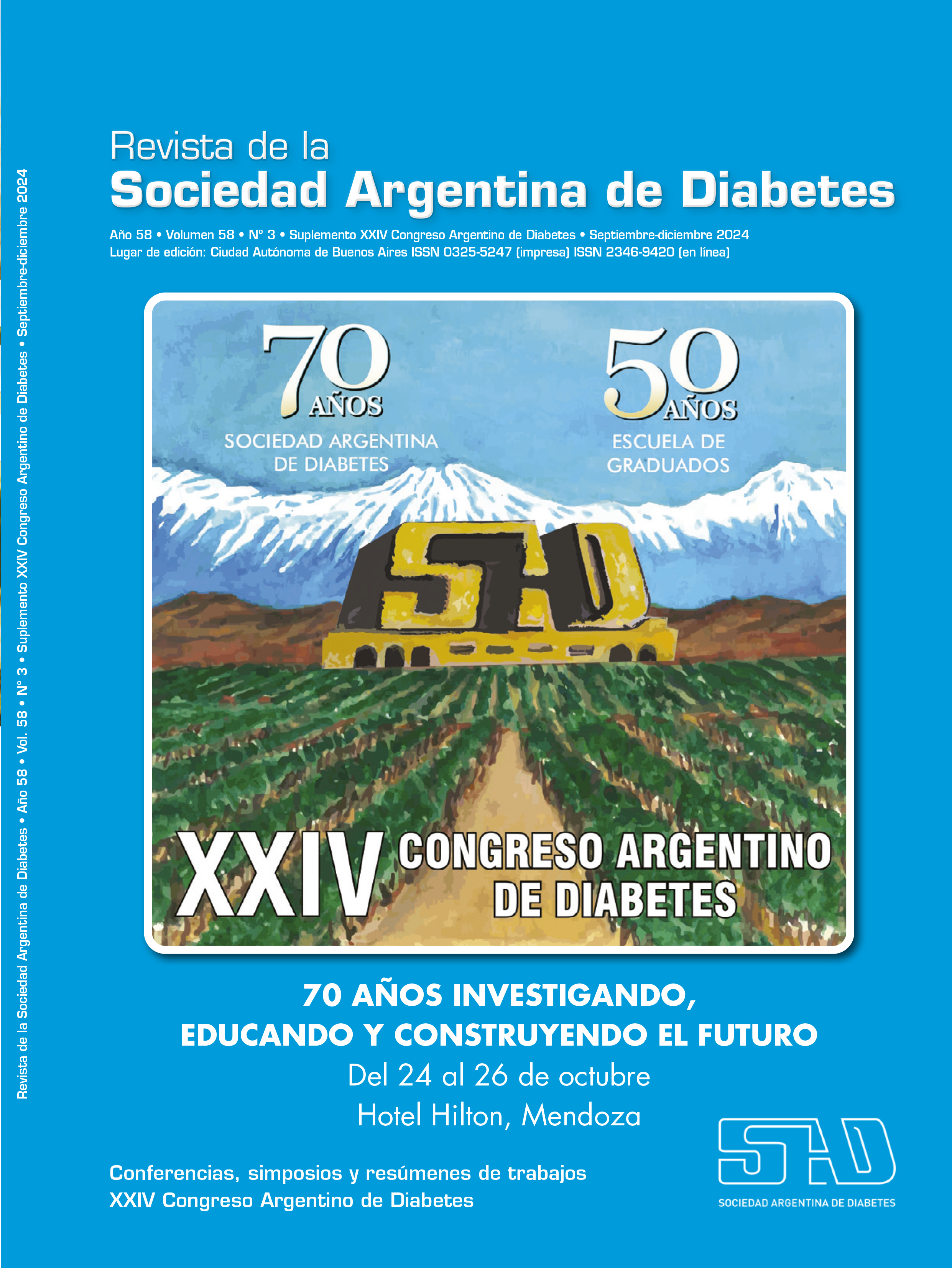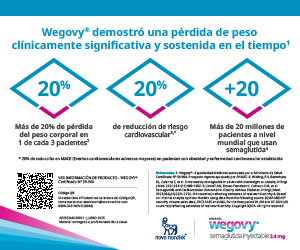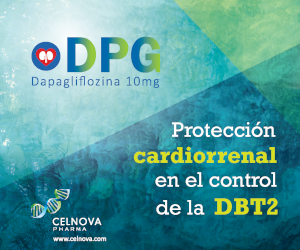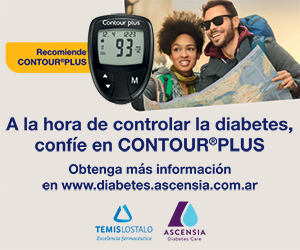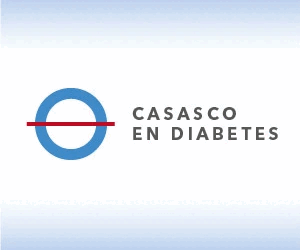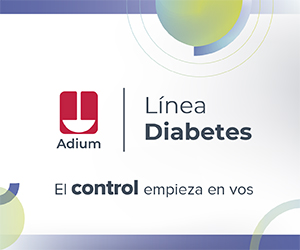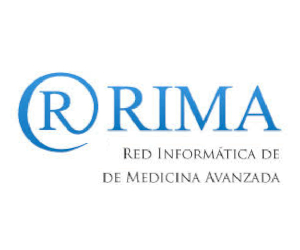Gender identity, diabetes and cardiovascular risk. Endocrinological approach
Keywords:
diabetes, transgenderAbstract
Hormonal treatment is crucial for individuals experiencing gender incongruence, aligning their physical characteristics with their identity and improving their quality of life. However, recent studies suggest a higher cardiovascular risk in transgender individuals compared to the cisgender population, linked to gender-affirming hormone therapy (GAHT). Factors such as minority stress, limited access to healthcare, higher consumption of substances, sedentary lifestyle, and a high prevalence of depression and anxiety complicate the evaluation of these risks.
- GAHT in Transgender Women: It may increase insulin resistance and the risk of diabetes, although long-term studies like Amsterdam (30 years, 2,585 transgender women and 1,514 transgender men) and STRONG (5 years, 2,865 transgender women) did not find a significant increase in the incidence of type 2 diabetes compared to the cisgender population. An increase in triglycerides (31.9 mg/dL; 95% CI: 3.9-59.9) was observed, especially with oral estrogens, without significant changes in other lipids. GAHT is also associated with an increase of 1.8 kg in weight, greater body fat (mainly subcutaneous), and lower lean mass. Previous treatments with ethinyl estradiol and equine estrogens were linked to more thromboembolic events. Estrogens could increase the incidence of stroke and myocardial infarction compared to cisgender women, but not to cisgender men.
- GAHT in Transgender Men: No increase in diabetes incidence was demonstrated. A more atherogenic profile was observed, with an increase in triglycerides (21.4 mg/dL; 95% CI: 0.14-42.6), LDL cholesterol (17.8 mg/dL; 95% CI: 3.5-32.1), and a decrease in HDL cholesterol (8.5 mg/dL; 95% CI: -13.0 to -3.9). There is also an increase in weight (1.7-2.35 kg), with an increase in lean mass and a decrease in total fat. There might be a higher risk of cardiovascular events, although the evidence is limited due to the young population and short-term follow-up.
Cardiovascular mortality is the second leading cause of death in transgender individuals, after suicide. In transgender women, studies with older cohorts have shown an increase in cardiovascular events, but there is a lack of evidence on how different estrogen preparations and administration routes (oral or transdermal) affect this risk. In trans men, no increase in cardiovascular mortality has been observed after 19.4 years of follow-up. Currently, clinical practice guidelines for GAHT in the transgender population recommend initial assessment and monitoring of cardiovascular risk factors. It is important to recommend a healthy lifestyle to individuals receiving GAHT.
References
I. Coleman E, Radix AE, Bouman WP, Brown GR, De Vries AL, Deutsch MB, et al. Standards of care for the health of transgender and gender diverse people, version 8. Int J Transgender Health 2022;23(sup1):S1-259.
II. Islam N, Nash R, Zhang Q, Panagiotakopoulos L, Daley T, Bhasin S, et al. Is there a link between hormone use and diabetes incidence in transgender people? Data from the STRONG cohort. J Clin Endocrinol Metab 2022;107(4):e1549-57.
III. Nota NM, Wiepjes CM, de Blok CJM, Gooren LJG, Kreukels BPC, den Heijer M. Occurrence of acute cardiovascular events in transgender individuals receiving hormone therapy. Circulation 2019;139(11):1461-2.
IV. Maraka S, Singh-Ospina N, Rodríguez-Gutiérrez R, Davidge-Pitts CJ, Nippoldt TB, Prokop LJ, Murad MH. Sex steroids and cardiovascular outcomes in transgender individuals: a systematic review and meta-analysis. J Clin Endocrinol Metab 2017;102(11):3914-23.
Downloads
Published
Issue
Section
License
Copyright (c) 2024 on behalf of the authors. Reproduction rights: Argentine Society of Diabetes

This work is licensed under a Creative Commons Attribution-NonCommercial-NoDerivatives 4.0 International License.
Dirección Nacional de Derecho de Autor, Exp. N° 5.333.129. Instituto Nacional de la Propiedad Industrial, Marca «Revista de la Sociedad Argentina de Diabetes - Asociación Civil» N° de concesión 2.605.405 y N° de disposición 1.404/13.
La Revista de la SAD está licenciada bajo Licencia Creative Commons Atribución – No Comercial – Sin Obra Derivada 4.0 Internacional.
Por otra parte, la Revista SAD permite que los autores mantengan los derechos de autor sin restricciones.



